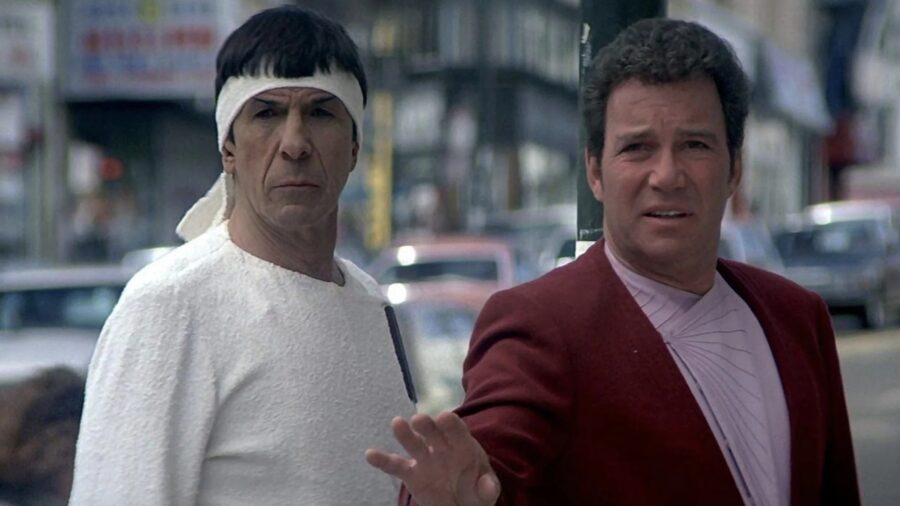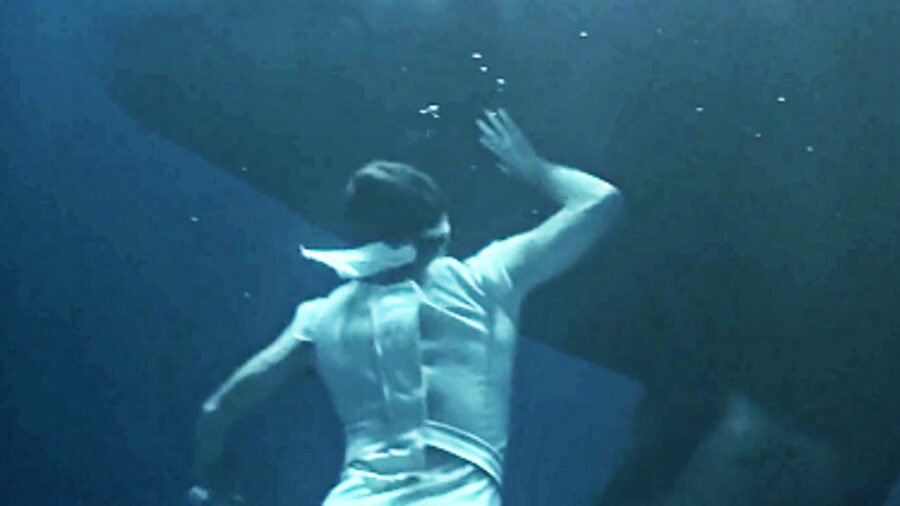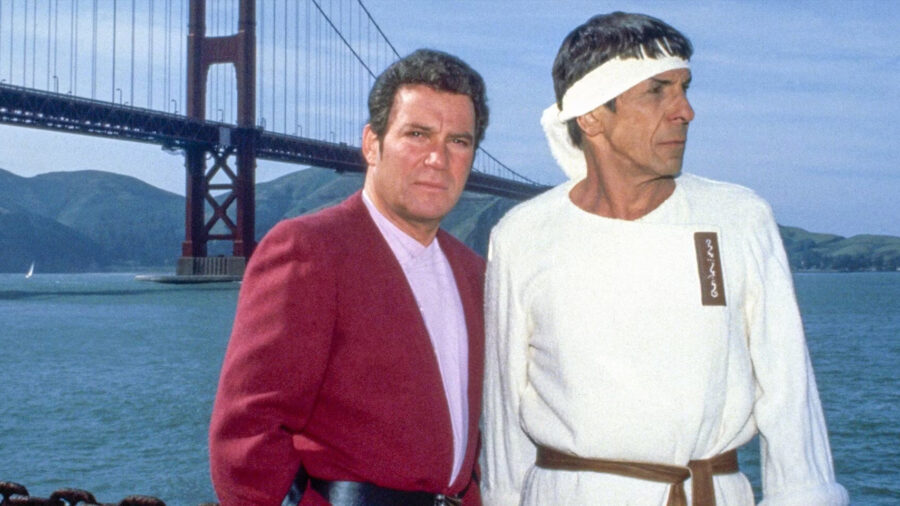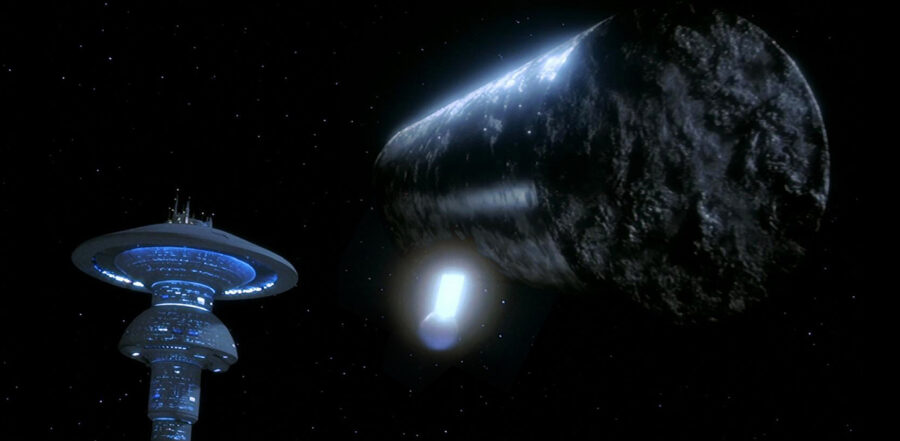Leonard Nimoy Made Star Trek IV Better Thanks To Whales

Star Trek IV: The Voyage Home is arguably the most accessible in the entire franchise, one that even the most casual viewer can describe in just a few words: “the one with the whales!” However, the movie was originally going to be very different in scope, with Kirk and crew saving a tiny snail darter—a fish. It was Leonard Nimoy who suggested having the crew rescue humpback whales instead, a creative suggestion that ultimately made Star Trek IV a much stronger movie.
Nimoy Had Bigger Plans

This information comes to us courtesy of the excellent book The Fifty-Year Mission: The Complete, Uncensored, Unauthorized Oral History of Star Trek: The First 25 Years by Mark A. Altman and Edward Gross.
That book reveals that film producer Harve Bennett originally approved of the Enterprise crew having to save a snail darter. He thought that it would be poetic for our heroes to save a real-world species that was endangered, but Leonard Nimoy had much bigger plans for Star Trek IV.
Nimoy’s Conversations

Aside from his solid instincts as a writer, what was it that made the Spock actor suggest the crew try to save a larger animal? At the time, he had been speaking to a number of actual environmental scientists, researchers, and others who were keenly aware of how popular Star Trek was.
Now that the franchise had transitioned from the small screen to the big screen, many were hopeful that we would get more of the modern stories that encouraged activism in the real world (something that The Original Series was well-known for).
Biophilia

In addition to these conversations, Leonard Nimoy was inspired by a particular book when working on the story for Star Trek IV. That book was Edward O. Wilson’s Biophilia, a text that hammered home the dangerous possibilities of creatures being driven to extinction left and right on our planet.
In the book, Wilson argues that we might eventually lose a species so important that its loss causes a catastrophic domino reaction throughout the rest of our ecosystem.
A Rallying Cry

The Voyage Home effectively dramatized this possibility, showing how the extinction of humpback whales put the entire Earth in danger centuries later.
This plot point helped Leonard Nimoy keep his word to the various environmentalists he had spoken to about getting Trek back to its activist roots.
Certainly, the movie itself soon became a rallying cry for countless fans of 23rd-century stories who wanted to save the whales in the here and now.
A More Ambitious Film

Of course, Leonard Nimoy’s adding whales to Star Trek IV didn’t just make activists happy—this narrative decision ultimately made audiences and even the studio happy. That’s because, as Altman and Gross speak of in their book, the decision to save a larger species ended up making The Voyage Home a larger movie.
The film told an ambitious story where humanity was in danger of losing our entire planet, and saving creatures as large and majestic as humpback whales helped elevate sell audiences on these epic stakes.
Stories like this are a reminder that we shouldn’t just remember Leonard Nimoy as a great actor who played Spock to perfection. Thanks to his storytelling decisions for movies like Star Trek IV and beyond, we know that he is also an amazing writer. Today and every day, we remember Nimoy, someone who transformed this franchise for the better in myriad ways we are still learning to appreciate today.












